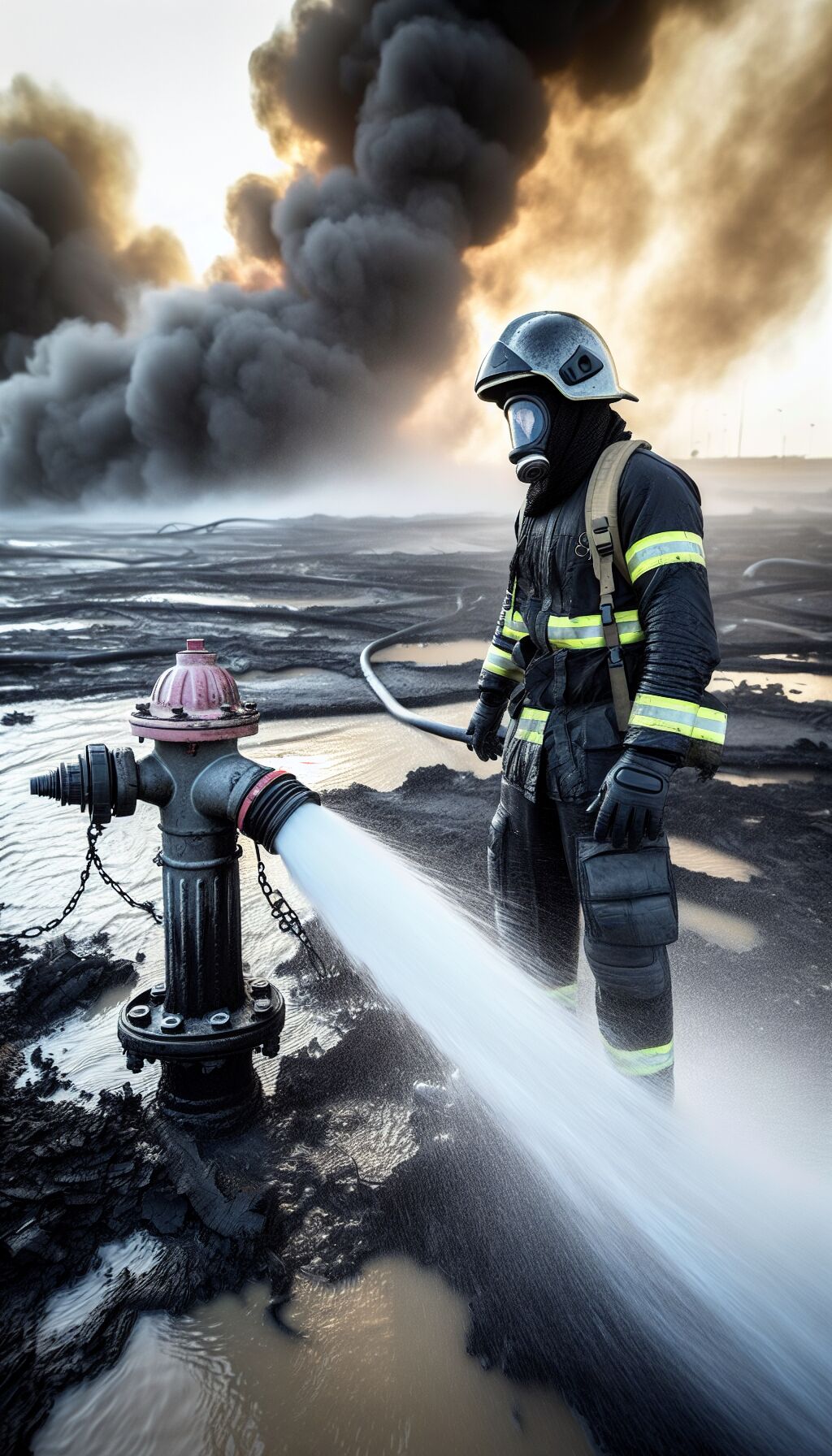Accountability Demanded After Los Angeles Wildfires Highlight Infrastructure Issues
By [Your Name]
Devastation Fuels Demands for Accountability
In the wake of recent historic wildfires that have ravaged Los Angeles, concerns are mounting over the city’s preparedness and infrastructure. Council member Traci Park, representing one of the hardest-hit districts, is calling for accountability from both city and state officials regarding the shortcomings in firefighting resources attributed to empty reservoirs.
“This fire was unlike anything we have ever seen before,” Park told Fox News Digital in a recent interview. “There is no secret that we have chronically underinvested in critical infrastructure and public safety in Los Angeles.” Her statements reflect growing frustration about the city’s ability to effectively respond to disasters, particularly as it prepares to host major global events such as the 2026 World Cup and the 2028 Olympic Games.
A Firefighting Challenge
The wildfires, which began in the Los Angeles mountains last week, exposed significant weaknesses in the city’s emergency response capabilities. Reports of dysfunctional fire hydrants and a recent multimillion-dollar reduction in the fire department’s budget have raised alarms about the adequacy of firefighting resources.
Governor Gavin Newsom has since called for an independent review of the Los Angeles Department of Water and Power (LADWP) to investigate the troubling water supply issues that hampered firefighting efforts. “The ongoing reports of loss of water pressure to some local fire hydrants during the fires and the reported unavailability of water supplies from the Santa Ynez Reservoir are deeply troubling,” Newsom remarked in a letter addressed to LADWP officials.
First-Hand Accounts of Crisis
As the flames consumed large areas, Park was on-site at the command post in Will Rogers, witnessing the devastation firsthand. “I was personally at the command post as this Volcano of Fire came over our mountain,” she recounted. “Throughout those events, I was hearing about our firefighters not having enough water. How are our firefighters supposed to fight fires without the thing they need to do it—that’s water?”
These concerns have been echoed by other community leaders and fire department officials, who emphasize the need for immediate action to bolster the city’s firefighting resources and infrastructure.
Preparedness for Future Events
With the eyes of the world set on Los Angeles for future sporting events, Park raised additional questions about the city’s overall disaster preparedness. “I was concerned about our level of preparation for those events before this happened,” she stated, pointing to glaring gaps that were illuminated by the recent crisis.
Despite her gratitude towards the state’s response and support from Cal Fire, Park recognized the reality: “As we are hosting millions of people in our city, and our resources are already spread so thin, it is clear that we have a lot of work to do and a lot of strategic planning to continue our preparations for those big events that are coming.”
The Budget Cuts Dilemma
In the previous months leading up to these devastating wildfires, the Los Angeles city officials announced a budget cut of just under million for the fire department—decisions that many now view as shortsighted amid increasing dangers posed by climate change and wildfires. This reduction exacerbates the existing challenges faced by emergency services, which already operate under strained conditions.
Simultaneously, state officials are facing scrutiny regarding their management of forestry practices and outdated water reserves systems. California’s reservoirs, many of which were built in the mid-20th century, have proven inadequate to handle the frequent and severe climatic events the state has begun to face.
Water Management Issues
A contrast has been drawn between the state’s recent record-breaking rainfall and the inadequacies of its water management. In 2024, the state encountered substantial rainfall after an atmospheric river event but struggled to effectively store and manage this influx—resulting in a significant amount of water being lost to the ocean.
In a move to address long-term water issues, California voters passed Proposition 1 in 2014, which aimed to improve the state’s water storage capabilities with a .7 billion investment. However, reports indicate that no new reservoirs have been completed under this act, raising further questions about state priorities and infrastructure investments.












